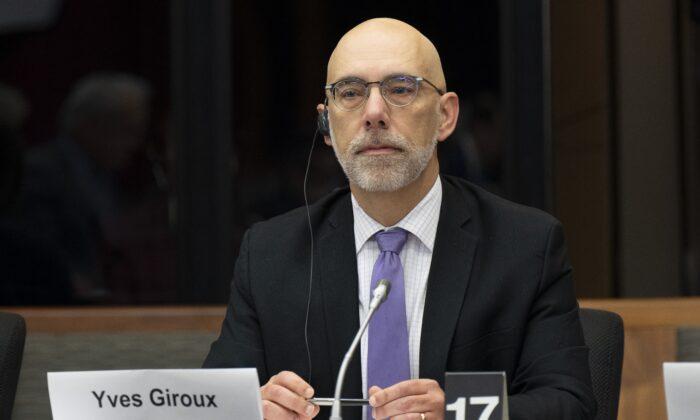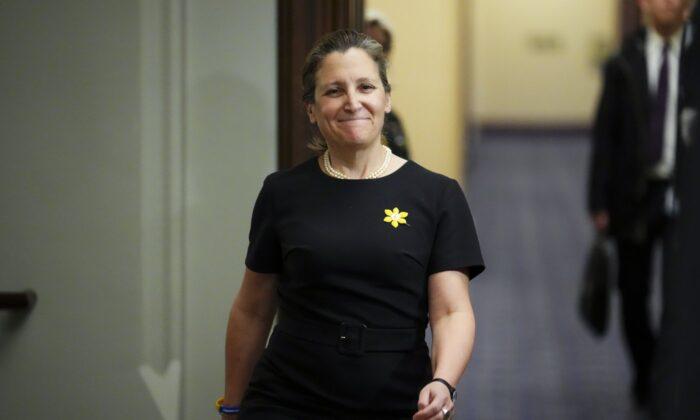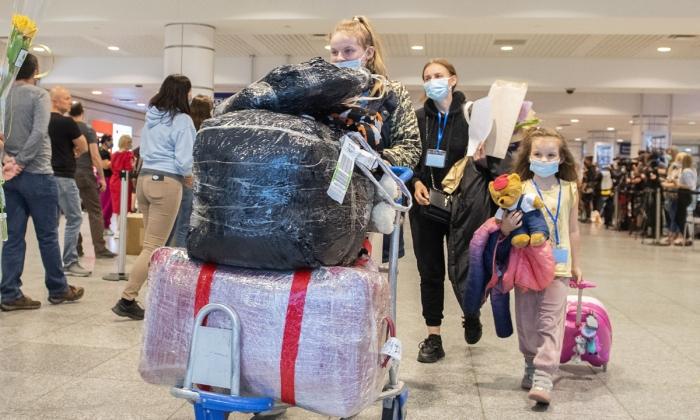The military is facing high attrition rates and that number is projected to be 9.5 percent for the Regular Force this fiscal year, according to the Department of National Defence (DND).
The combined rate with the Reserve Force was not available, said DND spokesperson Derek Abma.
The Epoch Times obtained information from a military source that the combined attrition rate of the Regular Force and Primary Reserve so far in 2022 is 13 percent, with a total of 12,067 Canadian Armed Forces (CAF) members leaving the organization this year.
The information was drawn from CAF’s Military Command Software (MCS), which tracks attrition numbers by rank.
Older data drawn from MCS and obtained by The Epoch Times showed that the military’s attrition rate was just over 12 percent as of May 2022 and that over 20 generals and almost 60 colonels had left the force at the time.
When asked to comment on this data, Abma said that it is from “a non-public interface still in development meant to inform internal audiences” and said the “raw data seen there can be easily misinterpreted.”
“For the most current and accurate data, we strongly recommend you use the attached email as your reference for the Canadian Armed Forces’ attrition trends.”
Abma said the CAF’s attrition rate has remained between 8 and 9 percent over the last 10 years and included a chart tracking attrition numbers from both the Regular Force and Primary Reserve since 2012.
Attrition Reasons
CAF defence chief Gen. Wayne Eyre recently warned in a leaked briefing note that the Canadian military’s attrition rate is now at its highest in 15 years and said the CAF is experiencing a “workforce crisis.”Asked if the CAF compiles data capturing reasons for member attrition, Abma said the military’s most recent report of such nature was published in 2017 and used data compiled over a four-year period beginning in 2013.
Abma said the report’s data was based on “630 voluntarily releasing Regular Force members between June 2013 and February 2017,” which represented less than 8 percent of the 8,100 voluntary Regular Force departures spanning that time period.
The report, titled “CAF Exit Survey—Descriptive Analyses of 2013-2017 Data,” said the “most commonly reported internal reasons for leaving were job dissatisfaction,” with over 35 percent of respondents citing it as their main reason for departing.
Abma said the CAF is currently working on a new report detailing attrition reasons, which he said is expected to be released by spring 2023.





